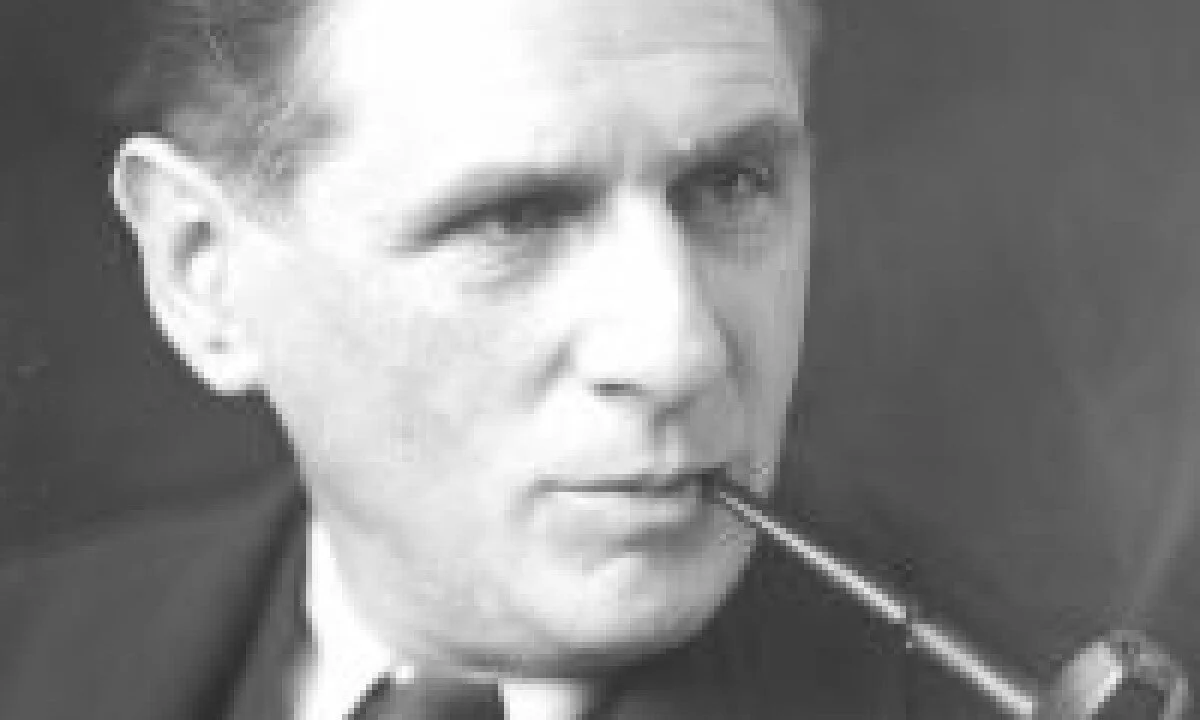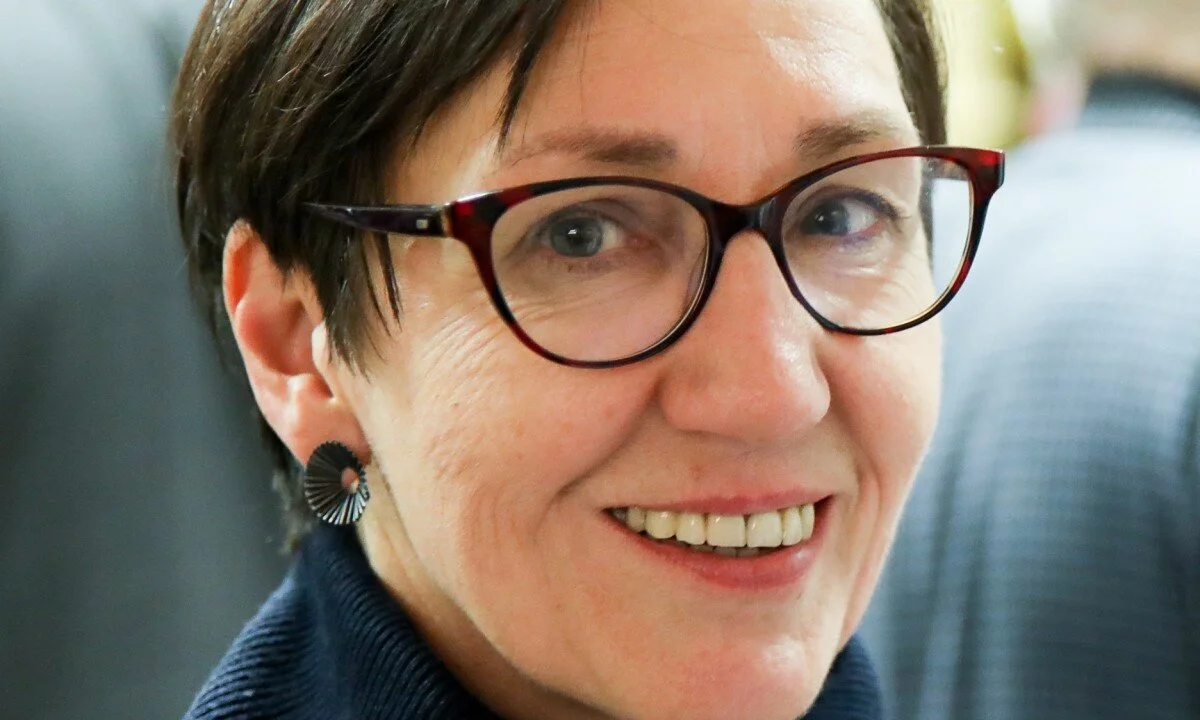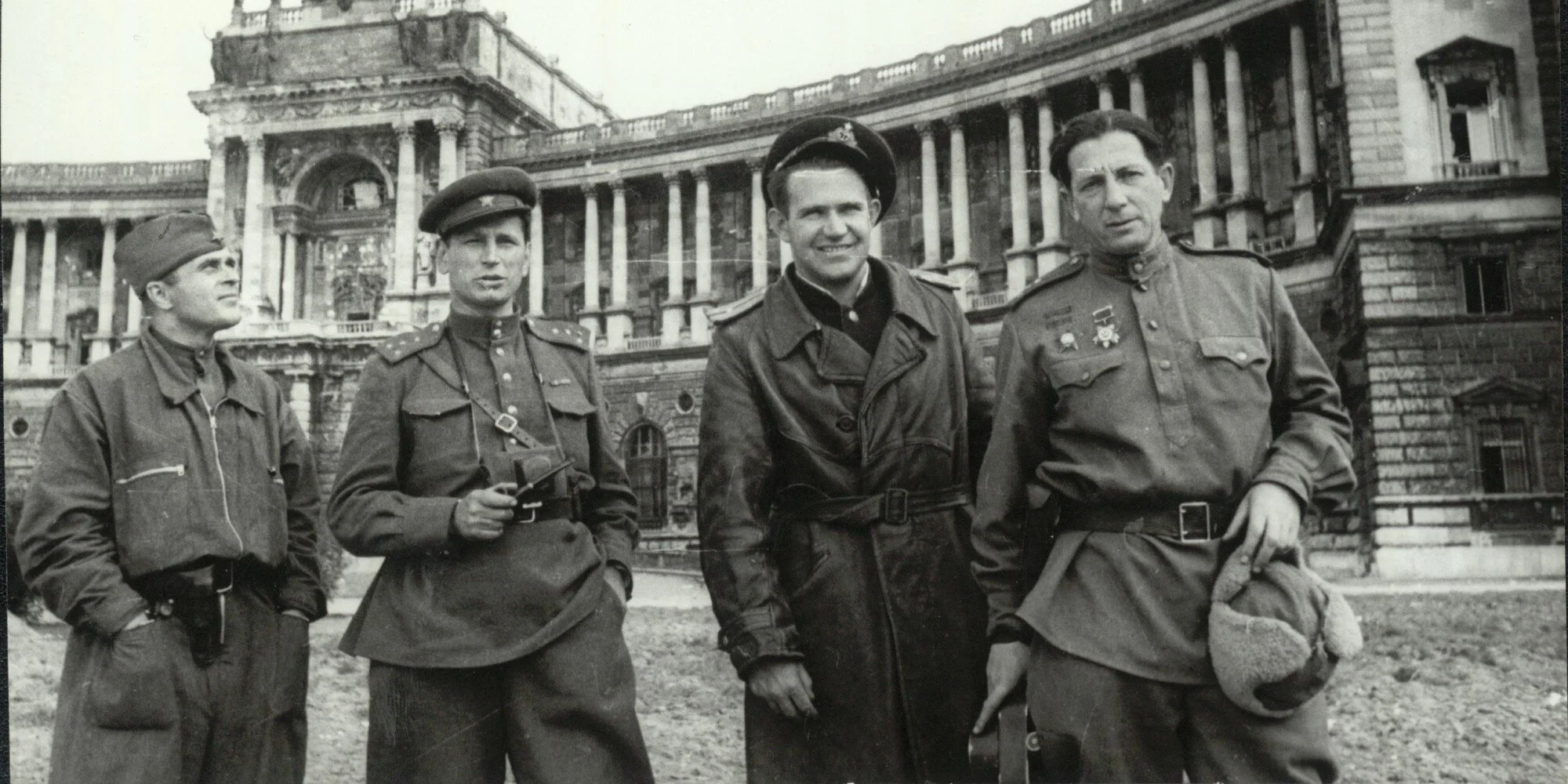
Our City! Jewish Vienna - Then to Now
Permanent Exhibition.
From the Jewish Museum Vienna:
“Our City!” starts with the years from 1945 to the present on the ground floor. It describes the development, in spite of the unhelpfulness of Austrian post-war politicians, of an almost completely destroyed Jewish community to its present-day modest but highly dynamic presence. It is a story of immigration: first from Eastern and Central Europe, then from the former Soviet Union, particularly Central Asia.
On the second floor the exhibition looks back on the history of the community from the Middle Ages to the Shoah. It scrutinizes the tolerance of Emperor Joseph II and his successors. It shows the creative strategies of a community that did not officially exist before 1852 and the newly obtained optimism of the Viennese Jews as became the third largest Jewish community in Europe. This section also demonstrates how at the turn of the twentieth century the Jews of Vienna – some of whom remain world-famous today – were already feeling the pressure of a rabid anti-Semitism, long before the destruction of their community by Austrian and German National Socialists after 1938.
More information:
https://www.jmw.at/exhibition/our_city_jewish_vienna_-_then_to_now
Photo courtesy Jewish Museum Vienna © Ouriel Morgensztern





























